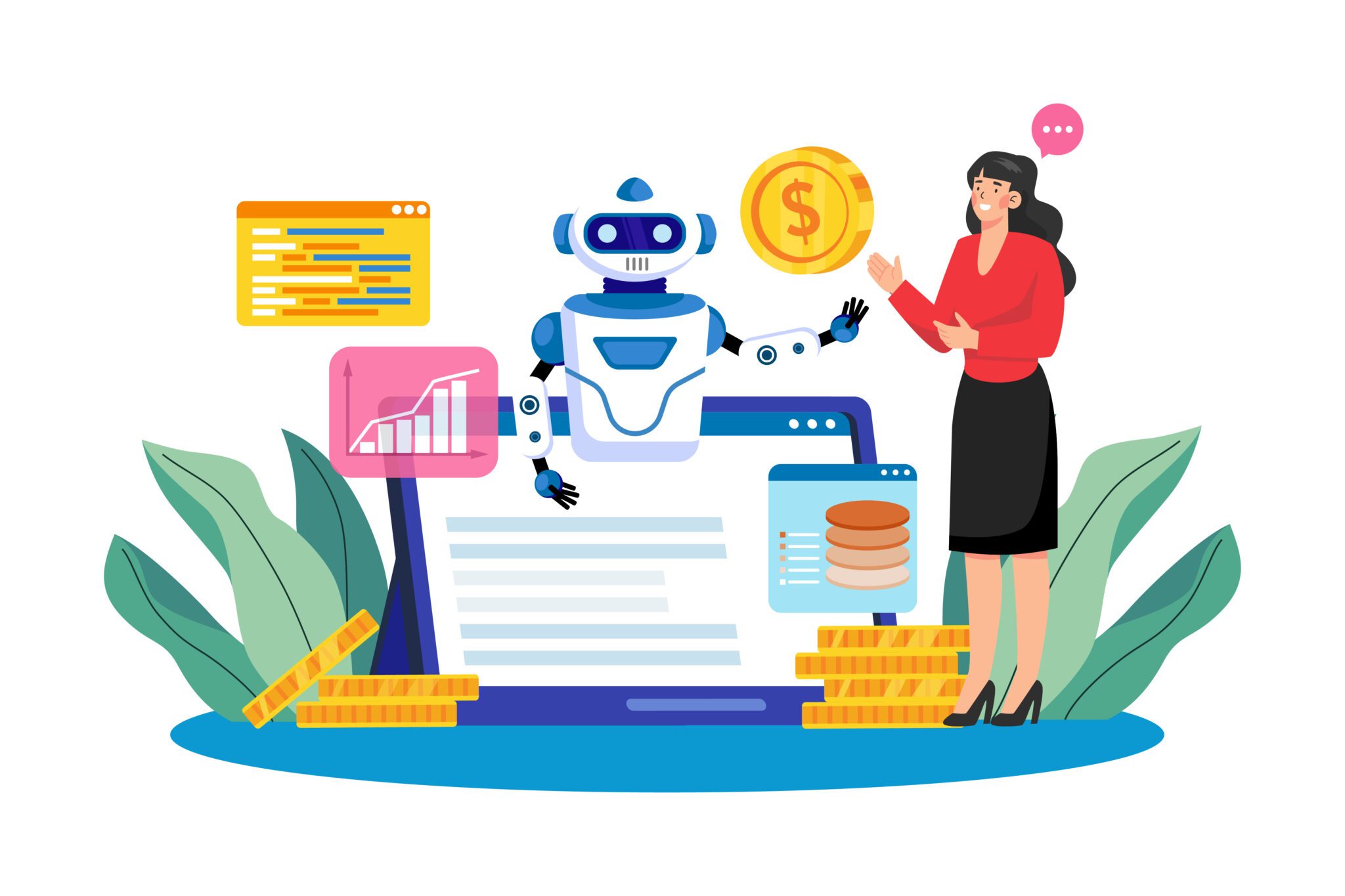According to the U.S. Government Accountability Office, or GAO, the federal government awarded $637 billion in contracts in 2021.
As a small business owner, competing against large corporations for government contracts may seem daunting. But government work may be more accessible than you think. Of all the money spent on contracts, $149.5 billion was awarded to small businesses.
That’s no coincidence. The government actively supports small business owners through its procurement process.
Let’s take a closer look at the benefits of winning a government contract and the steps you can take to make your business competitive.
Benefits of Government Contracts
When it comes to customers, the federal government is one worth pursuing. Here are some of the benefits available to government contractors:
- Competitive pricing/high-paying contracts
- Longer contract terms offer a more stable income
- Consistent on-time payments
- Less risk of your customer running out of business
- Designated opportunities for small businesses
Challenges Associated with Bidding for Government Contracts
Federal contracts represent significant and stable income opportunities, but they also involve more regulatory and compliance work. In addition to following rules, such as those laid out by the Code of Federal Regulations, everyone in your business may be required to pass government screening and background tests.
Still, there are a lot of bidders, and small businesses may be at a disadvantage in terms of resources. Large corporations can have entire departments devoted to quality assurance, compliance, and cybersecurity.
Bigger companies may also have an advantage when it comes to production resources, which makes it easier for them to compete for contracts that involve high-volume delivery.
Still, many small businesses win government contract awards. Let’s look at the steps you can take to find the right federal business opportunities for you.
How to Win Government Contracts as a Small Business
Mastering the government bidding process as a small business is about attention to detail and strategizing to identify the best opportunities to target.
Here are the steps you can take to improve your chances of winning a government contract.

Correctly Profile Your Business
Before you start drafting proposals, you must ensure your business meets the basic requirements. Here are the tasks you need to complete before you can start applying:
- Obtain a Unique Entity Identifier (UEI). Obtain your number by registering for the System for Award Management (SAM) at SAM.gov. This is the official portal to view contract data and listings.
- Figure out your NAICS code. Every business has a primary North American Industry Classification System (NAICS) code, but you can have additional classifications if you sell a variety of goods and services. You can find a complete list of NAICS classification descriptions at the U.S. Census Bureau website.
- Determine your business size. The government specifically sets aside opportunities for small businesses, but to be eligible, you must meet the size requirements. You can use the government’s Size Standards Tool to see if you qualify.
- Stay compliant. Small businesses applying for government contracts must follow the regulations defined in 13 CFR 125.If you want to contract with the Department of Defense (DoD), you must also have Cybersecurity Maturity Model Certification (CMMC). For certification assistance and cybersecurity training tools, visit the DoD’s Project Spectrum.
Take Advantage of Set-Asides and Small Business Programs
Once you have the basics in order, you can start looking for government contract opportunities using SAM or a database like Periscope Holdings and Bidnet Direct in the USA or Merx.com in Canada, that connects you with the most relevant options in the federal marketplace.
At this point, it can be helpful to look at set-aside contracts for small businesses. These are opportunities available solely to small businesses.
Furthermore, individual federal government agencies each have their own goals for awarding contracts to different types of small businesses. Collectively, the federal government aims to award the following:
- 23% of prime contracts to small businesses
- 10% of prime and subcontracts to small disadvantaged business
- 5% of prime and subcontracts to women-owned small businesses
- 3% of prime and subcontracts to HUBZone small businesses
- 3% of prime and subcontracts for service-disabled veteran small businesses
Check out the SBA’s list of contracting assistance programs to look for opportunities that fit your business.

Identify the Best Government Agency for You
In some cases, trying everything and seeing what sticks can be a useful approach. But that’s not often the case with government contracting. Responding to a request for proposal (RFP) takes a lot of work.
Instead of spreading your limited resources across several attempts, focus your attention on a particular department. Do some research on contracts by area of government and see which department matches your capabilities, products, and services the best.
Individual federal agencies have their own small business offices that can help you find and apply for the right projects.
Start with Small Contracts
To make your proposal more competitive, it’s helpful to have a relevant and successful track record.
Along with continuing work for private clients, you can look for contracts with state or local government buyers. Or, look for subcontracting opportunities under a prime contractor to get some experience.
Identify and Contact Potential Bid Partners
Another way to improve your proposal is by forming a joint venture with another small business.
A joint venture lets businesses join forces and compete together for government contracts. By working with another business, you get to combine resources, expertise, and past performance. Not to mention, there are cost-sharing benefits if you win the contract.
To apply as a joint venture, find a partner who has similar expertise or can provide the knowledge and capabilities that you lack. Once you have the other business, the joint venture must be established in writing and registered with SAM, and have its own UEI.

Best Resources for Small Businesses Bidding on Government Contracts
Finding the right government opportunities can seem like a challenge. Here are some of the best resources you can use to get started.
Educational resources:
Government contract data:
Databases and application portals:

Final Thoughts: How Your Small Business Can Win Government Contracts
A federal government contract can be a huge boon for your small business. When you don’t have the resources of a large company, finding the right opportunities is half the battle.
Take some time to find the best match for you. Then you can focus your efforts into putting your best foot forward with a compelling proposal.

 News4 days ago
News4 days ago
 News6 days ago
News6 days ago
 News4 days ago
News4 days ago
 News3 days ago
News3 days ago
 News4 days ago
News4 days ago
 News4 days ago
News4 days ago
 News4 days ago
News4 days ago










